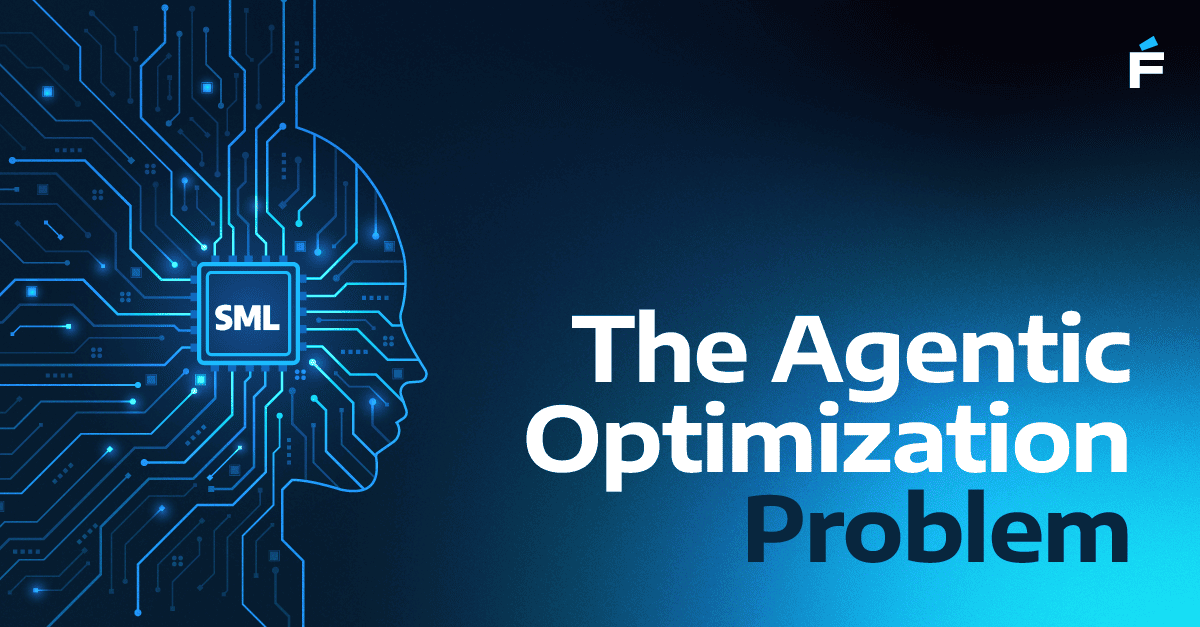Introduction
The multi-vendor commerce model has dominated the market for a long time due to lower operating costs, more straightforward, centralized customer management, and up-and-running order fulfillment. In 2021, Amazon made $469.8 billion, and Etsy reported a market value of $21 billion. Most sellers opt for a marketplace instead of investing in their independent stores — for instance, nine out of 10 top US retailers are marketplaces. Before the unprecedented pandemic-induced e-commerce boom, online marketplaces accounted for 58% of global online sales.
Of course, this attracts commerce-savvy entrepreneurs and enterprises with e-commerce potential to dip their toes into the marketplace model. With the market so heavily saturated and full of tried-and-tested offers, what can you expect? Let’s explore the biggest challenges.
What is a multi-vendor marketplace and how is it different from e-commerce platforms?
Usually, a marketplace isn’t directly affiliated with manufacturers, goods providers, or vendors and acts as middleware. A multi-vendor marketplace can have tens of thousands of sellers consolidated in a single place, sometimes offering goods and services that fall under similar categories like electronics, art, or industry-specific equipment. Sometimes, the multi-vendor platforms are all-encompassing, like Amazon or Taobao.
From the customers’ point of view, the algorithm for choosing the vendor and purchasing process stay relatively similar. However, the main difference from a traditional e-commerce single-brand store is in the internal requirements. Owners of multi-vendor marketplace are obliged to:
- Build a solution that is scalable for its vendors. Even in the most niche markets, the manufacturers and sellers might have thousands of products and work with both B2B and B2C models. Any scale limitations, qualitative or quantitative, that contradict their business model might scare businesses away.
- Ensure unified yet flexible logistics and shipping standards. The complexity may cause chaos and difficulties while architecting and developing the platform. Leaving the shipping options limited
- Validate all vendors joining the platform. While working with business entities, you would need to acquire and process much more information to accept them into the marketplace than you would need with an individual.
- Ensure compliance with the fintech provider for every registered vendor. Depending on what region or economic sector you serve, you will have to account for their target audience’s needs. For example, B2B vendors might need bank transfers compliant with the existing regulations.
- Provide high load capacity. This is a standard requirement for any digital commerce entity, but for multi-vendor platforms expectations skyrocket. During high season, such as on Black Friday or the Christmas sales, many retailers struggle to operate as usual due to high demand. Imagine this situation, but scaled to tens of thousands?
Challenges of developing multi-vendor platforms and their management
All of the above pose potential challenges. But before tackling them, many mid-size and large enterprises face their first stumbling point — a lack of internal resources and in-house expertise for fully-fledged marketplace software development and support. Which issues can it cause in the planning and architecting stage and later during platform management?
1. Commerce: buying and selling experience
Besides all commerce components needed for driving online sales and promotions, like catalog checkout, SEO tools, and various marketing integrations, a multi-vendor marketplace is expected to be equipped with robust product management, return workflows and a mobile-first experience (preferably with advanced web app functionality).
But these are all solvable and integrable technicalities, and there are successful examples on the market. What you will have to think about to make your offer appeal to vendors is customizable price tiers (since B2B buyers might order in bulk) and variable postal fees (mainly if your marketplace is not limited to a single product category).
Regarding customer experience on multi-vendor marketplaces, users tend to use search a lot, along with comparison tools, to make informed decisions. The marketplace hosting thousands of vendors should also have a powerful ranking system to ensure the best match according to the search keywords and fair competition among vendors with similar offers.
2. Fintech: regulatory compliance, commission fees, and payment options
It’s logical to assume that the more payment options there are for the customer, the less buyer friction there is. Major payment gateways have perfected their integrations for business, and managing numerous choices is not a problem. However, as a marketplace provider you have to remember that marketplaces have to prioritize scalability and variability for their sellers. Multi-vendor marketplaces face additional regulatory requirements, and payouts are not linear. There are commission tiers for the vendors, checkouts with multi-vendor support, and complex tax regulations for B2B parties involved.
Ensuring this complex ecosystem works correctly for all participants requires tools, integrations, and, most importantly, time to tie it together. Remember that the platform version you’re building now is never final — depending on laws, regulations, and market trends, you will probably be required to comply and evolve sooner or later, which means more development costs.
3. Logistics: order fulfillment and inventory management
Logistics seems pretty straightforward when it comes to e-commerce platforms. You ensure the ordered good’s stock and quality to ship them on time. Instead, your focus is on connecting buyers to sellers and facilitating sales. With marketplaces, you have to ensure the vendors you vet can keep up with the shipping standards you offer.
To make logistics work in a multi-vendor environment and prevent miscommunication, you need to establish centralized control over order fulfillment flows. Order management and product information systems (OMS, PIMS) exist to facilitate vendor contract management and have access to vendors’ relevant data.
Statistics say e-commerce retailers deal with an average of 206,000 web attacks per month, which is expected to rise. Since the marketplace is usually the overseeing structure over vendors, it will be held accountable first for any security breaches and policy violations.
There is a widespread set of security protocols typically associated with e-commerce: Data Loss Protection (DLP) solutions, the Payment Card Industry Data Security Standard (PCI DSS), DDoS protection, and security patches. Depending on your development team’s capacity, continuous support and troubleshooting might be expensive.
5. Quality control: lack of visibility and transarency
As a platform provider, you are solely responsible for buyers’ and sellers’ positive user experience and digital commerce functionality. Many marketplaces struggle and fail because of a limited view of vendor performance and selling experience. Without performance insights, further platform development lacks directions on what could be improved.
From the vendor’s point of view, the lack of transparency in processes can be a problem. Without performance benchmarks and by which criteria your store is ranked among others, it’s hard to fix inconsistencies. Combined with minor usability issues, such as fake reviews, poorly filled product cards, or a checkout that is glitchy or takes too long, it might lead to a bad customer experience and negatively affect your marketplace’s reputation.
To avoid quality pitfalls on all levels, you need to establish the standards vendors are expected to meet, including the financial regulations and legislation of the regions your vendors operate in. For example, there might be specific goods and services being sold which are restricted in certain regions, or payment services that are unavailable in some countries. The challenge is to define and select the right indicators to measure service quality across multiple providers and to have a uniform and consistent view.
- Focus on adding value. What is the unique offer your marketplace brings to the table? What is your selling point for attracting vendors compared to your competitors? Will the buyers find it convenient to use regularly?
- Look for tried and tested multi-vendor functionality. You might be tempted to reinvent the wheel and start building software from scratch, but why if there are existing successful business models and integrations ready for you to use?




